Home>Others>Eco-Friendly Products>What Is The Ultimate Goal Of A Compost Bin?
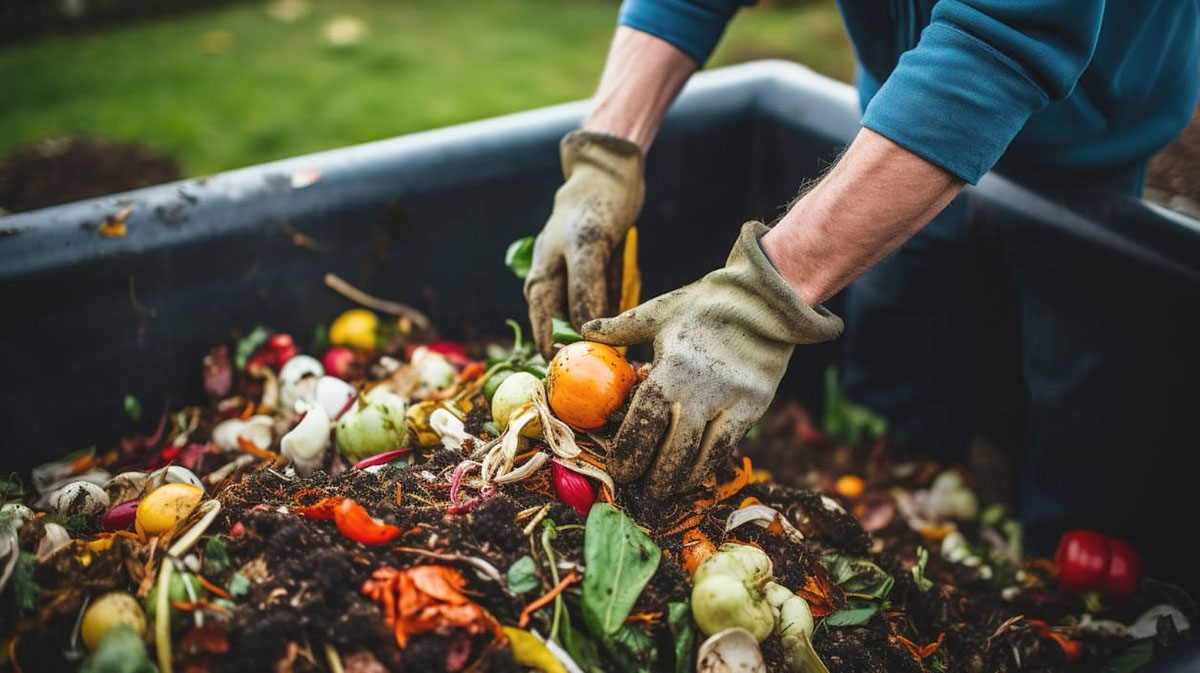

Eco-Friendly Products
What Is The Ultimate Goal Of A Compost Bin?
Modified: January 20, 2024
Discover the ultimate goal of a compost bin and how it contributes to eco-friendly products. Learn how composting benefits the environment and reduces waste.
(Many of the links in this article redirect to a specific reviewed product. Your purchase of these products through affiliate links helps to generate commission for Storables.com, at no extra cost. Learn more)
Introduction
Welcome to the world of composting, where organic waste is transformed into nutrient-rich soil amendment. Composting is a natural process that mimics the decomposition of organic matter in the environment, but in a controlled setting. It's a simple yet powerful way to reduce waste, enrich soil, and support sustainable living.
Compost bins are the cornerstone of this process, providing the ideal environment for microorganisms to break down organic materials into a valuable resource. As we delve into the world of composting and the ultimate goal of a compost bin, we'll explore the magic of transforming kitchen scraps, yard waste, and other organic materials into "black gold" for your garden.
Join me on this journey to uncover the wonders of composting and understand the essential role that compost bins play in achieving the ultimate goal of this eco-friendly practice. Whether you're a seasoned gardener or a novice environmental enthusiast, there's always something new to learn about the art and science of composting. Let's dig in and unearth the secrets of the compost bin!
Key Takeaways:
- Compost bins play a vital role in transforming organic waste into nutrient-rich soil, supporting sustainable living and reducing waste in a controlled environment.
- The ultimate goal of a compost bin is to close the loop of natural cycles, divert organic waste from landfills, and regenerate valuable resources for healthier soil and ecosystems.
Read more: What Is A Compost Bin
Understanding Composting
Composting is a natural process that harnesses the power of decomposition to convert organic materials into a valuable soil amendment. It involves the breakdown of organic matter by microorganisms, such as bacteria, fungi, and other beneficial organisms, into a nutrient-rich substance known as compost. This "black gold" is teeming with essential nutrients and beneficial microorganisms that enhance soil health and promote robust plant growth.
At the heart of composting is the carbon and nitrogen cycle, where the ideal balance of "browns" (carbon-rich materials like dry leaves, straw, and paper) and "greens" (nitrogen-rich materials such as kitchen scraps, grass clippings, and coffee grounds) fuels the microbial activity necessary for decomposition. As these materials decompose, they generate heat, which is a key indicator of an active composting process.
Composting can occur through various methods, including traditional compost piles, compost tumblers, and vermicomposting (composting with worms). Each approach offers unique benefits and considerations, catering to different preferences, space constraints, and time commitments.
By harnessing the natural process of decomposition, composting not only diverts organic waste from landfills but also creates a valuable resource that enriches soil, improves moisture retention, and fosters a thriving ecosystem beneath the surface. Understanding the intricate dance of microorganisms, temperature, and organic materials is fundamental to appreciating the transformative power of composting.
As we venture deeper into the world of composting, we’ll uncover the myriad benefits it offers and the pivotal role that compost bins play in nurturing this process.
Benefits of Composting
Composting offers a plethora of benefits that extend far beyond the simple act of waste reduction. By embracing composting, individuals and communities contribute to a more sustainable and eco-friendly way of life while reaping numerous rewards:
- Waste Reduction: Composting diverts organic waste from landfills, where it would otherwise contribute to greenhouse gas emissions and leach harmful substances into the soil and water.
- Soil Enrichment: Compost improves soil structure, enhances fertility, and promotes the growth of beneficial soil organisms, leading to healthier and more productive gardens and landscapes.
- Carbon Sequestration: Composting helps sequester carbon in the soil, mitigating the impacts of climate change by reducing carbon dioxide levels in the atmosphere.
- Water Conservation: Compost enhances soil’s ability to retain moisture, reducing the need for irrigation and supporting drought-resistant plants.
- Reduction of Chemical Inputs: By providing essential nutrients and improving soil health, compost reduces the reliance on synthetic fertilizers and pesticides, thereby minimizing chemical runoff and its detrimental effects on the environment.
- Biodiversity Support: Healthy soil nurtured by compost fosters diverse microbial communities, which are essential for nutrient cycling, disease suppression, and overall ecosystem resilience.
Furthermore, composting is a tangible way for individuals to actively participate in the circular economy, where organic materials are recycled and repurposed to create a valuable resource. It embodies the principles of sustainability, resource conservation, and environmental stewardship, aligning with the ethos of responsible consumption and waste management.
As we explore the benefits of composting, it becomes evident that compost bins are essential tools in harnessing these advantages. They provide a controlled environment for the composting process to unfold, optimizing conditions for microbial activity and ensuring efficient decomposition of organic materials. Let’s delve into the components of a compost bin to understand how they facilitate the transformation of waste into a valuable resource.
The ultimate goal of a compost bin is to break down organic materials into nutrient-rich compost that can be used to improve soil health and support plant growth. Make sure to balance the mix of materials and keep the compost bin aerated for best results.
Components of a Compost Bin
A well-designed compost bin consists of several key components that work in harmony to create an optimal environment for the composting process. These components ensure efficient decomposition, proper aeration, and moisture retention, ultimately leading to the production of high-quality compost. Let’s explore the essential elements of a compost bin:
- Container: The container, often made of durable plastic, wood, or metal, serves as the structure that holds the composting materials. It provides containment and support while keeping the compost pile tidy and contained.
- Ventilation Openings: Adequate ventilation is crucial for the composting process, as it allows oxygen to reach the microorganisms responsible for decomposition. Ventilation openings or aeration systems within the compost bin facilitate the exchange of gases, preventing anaerobic conditions and promoting aerobic decomposition.
- Insulation: Some compost bins feature insulation to help regulate the internal temperature, especially in colder climates. This insulation aids in maintaining the ideal conditions for microbial activity, ensuring that the composting process continues even during cooler seasons.
- Moisture Control: Composting requires the right moisture level to support microbial growth and activity. A compost bin should include features for managing moisture, such as a lid to shield the compost from excessive rain and drainage holes to prevent waterlogging.
- Access Points: Easy access to the compost pile is essential for turning, monitoring, and harvesting the finished compost. Many compost bins are designed with access points, such as hatches or removable panels, to facilitate these essential tasks.
- Composting Accelerators: Some compost bins may incorporate features for accelerating the composting process, such as built-in tumbling mechanisms or perforated cores that allow for increased aeration and agitation.
These components collectively contribute to the functionality and effectiveness of a compost bin, creating an environment where organic materials can transform into nutrient-rich compost. The design and quality of the compost bin play a pivotal role in supporting the ultimate goal of composting, which is to produce a valuable soil amendment while minimizing waste.
Now that we’ve explored the components of a compost bin, let’s uncover the ultimate goal of this eco-friendly tool and its profound impact on sustainable living and environmental stewardship.
The Ultimate Goal of a Compost Bin
At its core, the ultimate goal of a compost bin is to facilitate the transformation of organic waste into nutrient-rich compost, thereby closing the loop of the natural carbon and nutrient cycles. By providing a controlled environment for the decomposition of organic materials, compost bins play a vital role in achieving several key objectives:
- Waste Diversion: Compost bins enable individuals to divert organic waste from landfills, where it would otherwise contribute to methane emissions and environmental pollution. By converting kitchen scraps, yard waste, and other organic materials into compost, these bins support a more sustainable approach to waste management.
- Resource Regeneration: Through the composting process, organic materials are transformed into a valuable resource that enriches soil, promotes plant growth, and fosters ecosystem health. Instead of viewing organic waste as a disposable burden, compost bins empower individuals to regenerate and recycle these materials into a beneficial soil amendment.
- Soil Enrichment: The compost produced in a well-maintained bin is teeming with beneficial microorganisms, essential nutrients, and organic matter that enhance soil fertility and structure. By incorporating compost into gardens, lawns, and agricultural fields, individuals can improve soil health, reduce erosion, and support the growth of vibrant, resilient plants.
- Environmental Stewardship: Composting with a dedicated bin embodies the principles of environmental stewardship and sustainable living. It represents a conscious effort to minimize waste, reduce reliance on synthetic inputs, and support the health of local ecosystems through responsible waste management practices.
- Community Engagement: Compost bins can serve as educational tools that engage communities in sustainable practices and environmental awareness. By demonstrating the value of composting and its positive impact on the environment, these bins foster a sense of collective responsibility and environmental consciousness.
Ultimately, the goal of a compost bin transcends the mere decomposition of organic materials; it embodies a commitment to regenerative practices, resource conservation, and ecological balance. By nurturing the composting process within a dedicated bin, individuals contribute to a more sustainable and harmonious relationship with the natural world.
As we reflect on the ultimate goal of a compost bin, it becomes clear that this humble tool holds the potential to catalyze positive change, one compost pile at a time. Let’s conclude our exploration of composting with a deeper appreciation for the transformative power of compost bins and their role in shaping a more sustainable future.
Read more: What Not To Put In A Compost Bin
Conclusion
Composting is a remarkable journey that begins with a simple act of recycling organic waste and culminates in the creation of a valuable soil amendment. The art and science of composting, supported by the essential role of compost bins, offer a multitude of benefits that resonate deeply with environmental stewardship and sustainable living.
As we’ve delved into the world of composting, we’ve uncovered the transformative power of this natural process and the pivotal role that compost bins play in nurturing it. From waste reduction and soil enrichment to carbon sequestration and biodiversity support, composting embodies the ethos of circularity, resource regeneration, and ecological harmony.
Compost bins, with their carefully designed components and controlled environments, serve as catalysts for change, empowering individuals to reclaim organic waste and transform it into a precious resource. These bins embody the spirit of regeneration, breathing new life into discarded materials and fostering a deeper connection with the Earth.
By embracing composting and recognizing the ultimate goal of a compost bin, individuals and communities can actively participate in a more sustainable and regenerative way of life. Through the simple act of composting, we honor the natural cycles of growth and decay, cultivating a deeper appreciation for the interconnectedness of all living things.
As we conclude our exploration of composting and the ultimate goal of a compost bin, let’s carry forward a renewed sense of purpose and stewardship. Whether it’s tending to a backyard compost pile or advocating for community-wide composting initiatives, each effort contributes to a more sustainable and resilient world.
Let’s continue to nurture the transformative power of composting, one compost bin at a time, and sow the seeds of positive change for generations to come.
Frequently Asked Questions about What Is The Ultimate Goal Of A Compost Bin?
Was this page helpful?
At Storables.com, we guarantee accurate and reliable information. Our content, validated by Expert Board Contributors, is crafted following stringent Editorial Policies. We're committed to providing you with well-researched, expert-backed insights for all your informational needs.
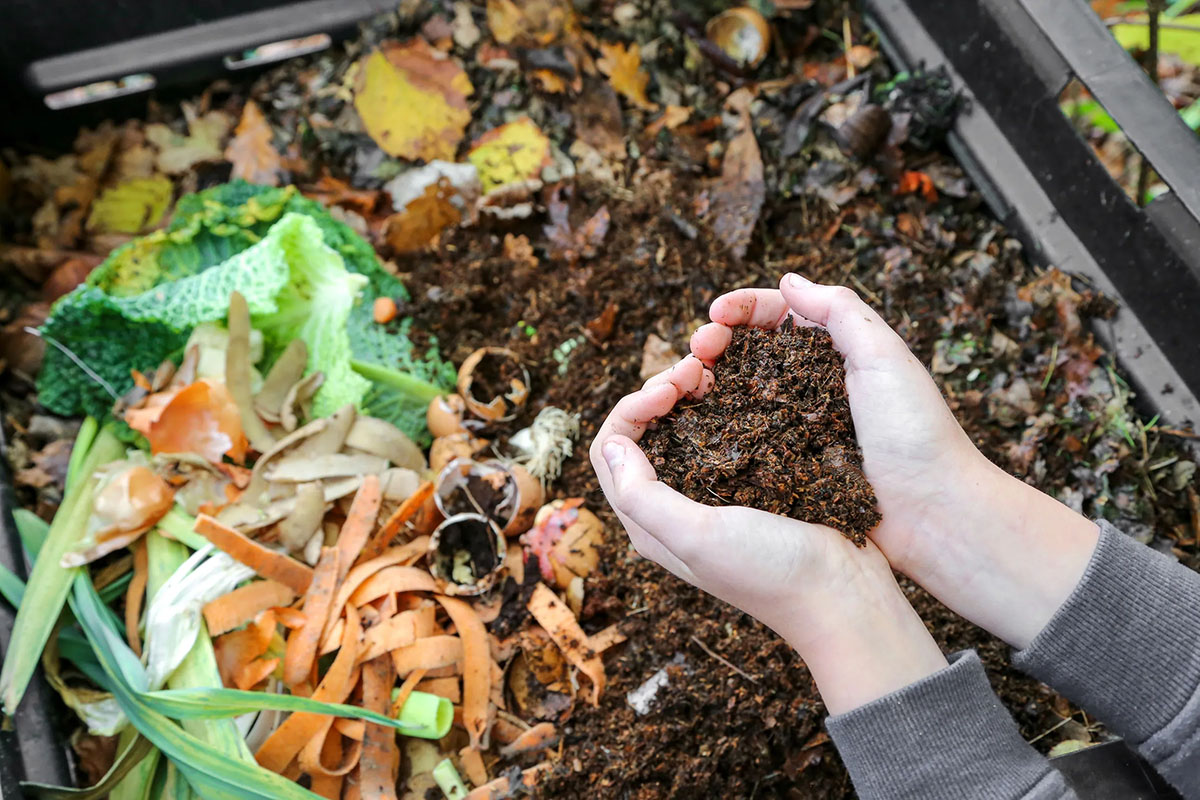
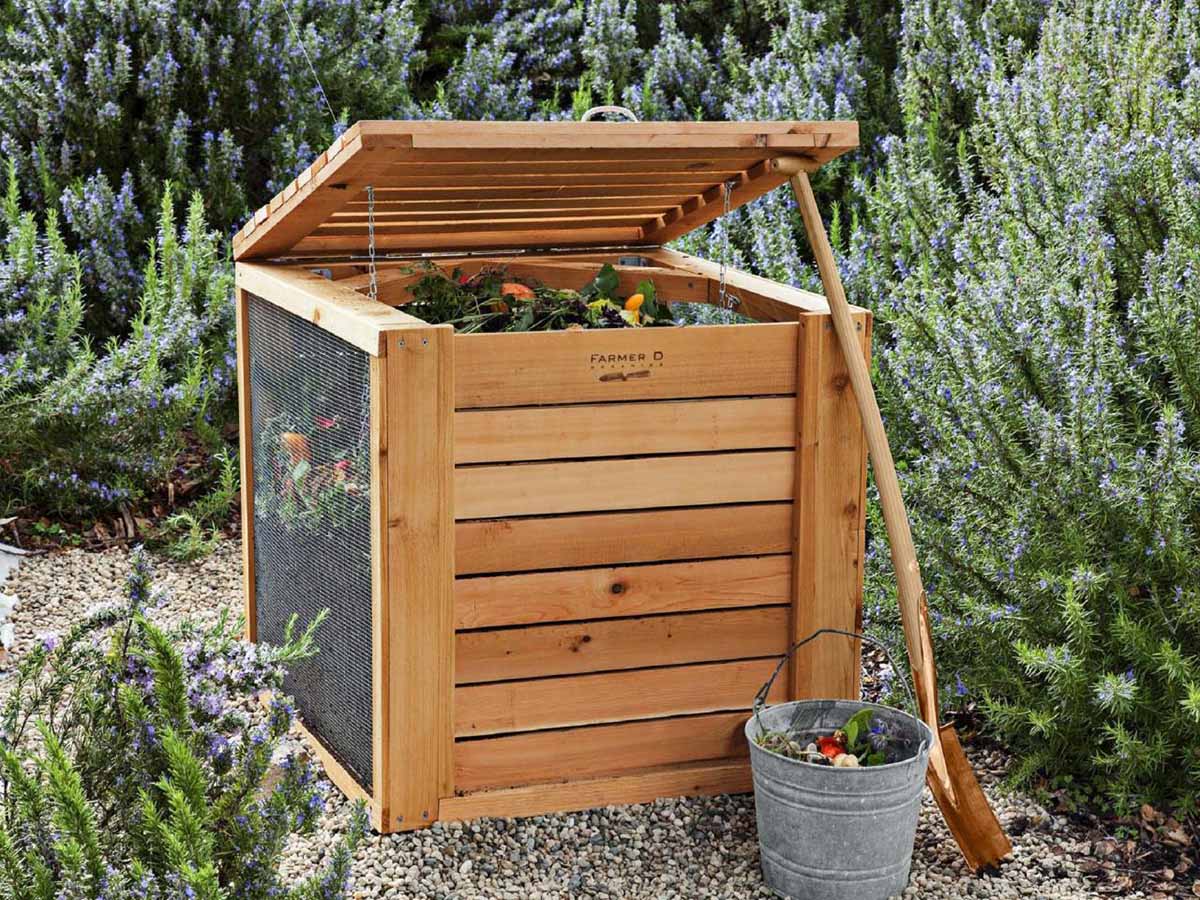
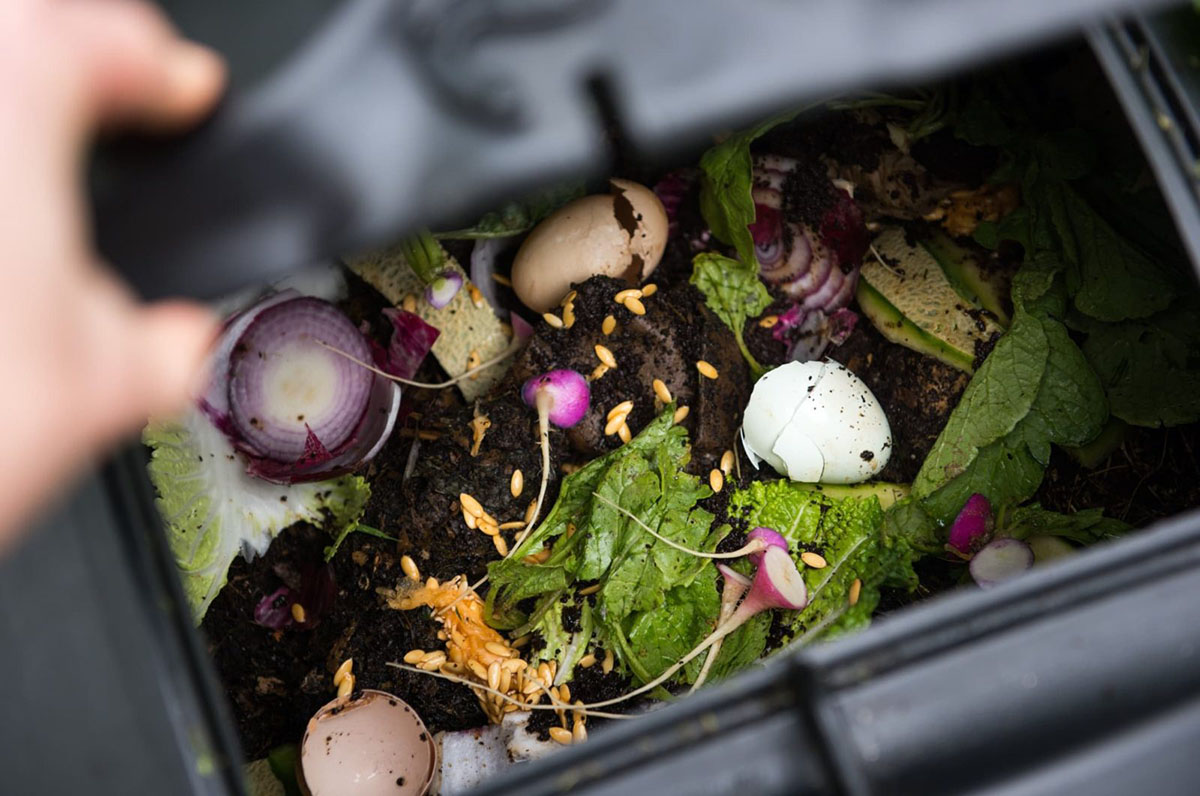
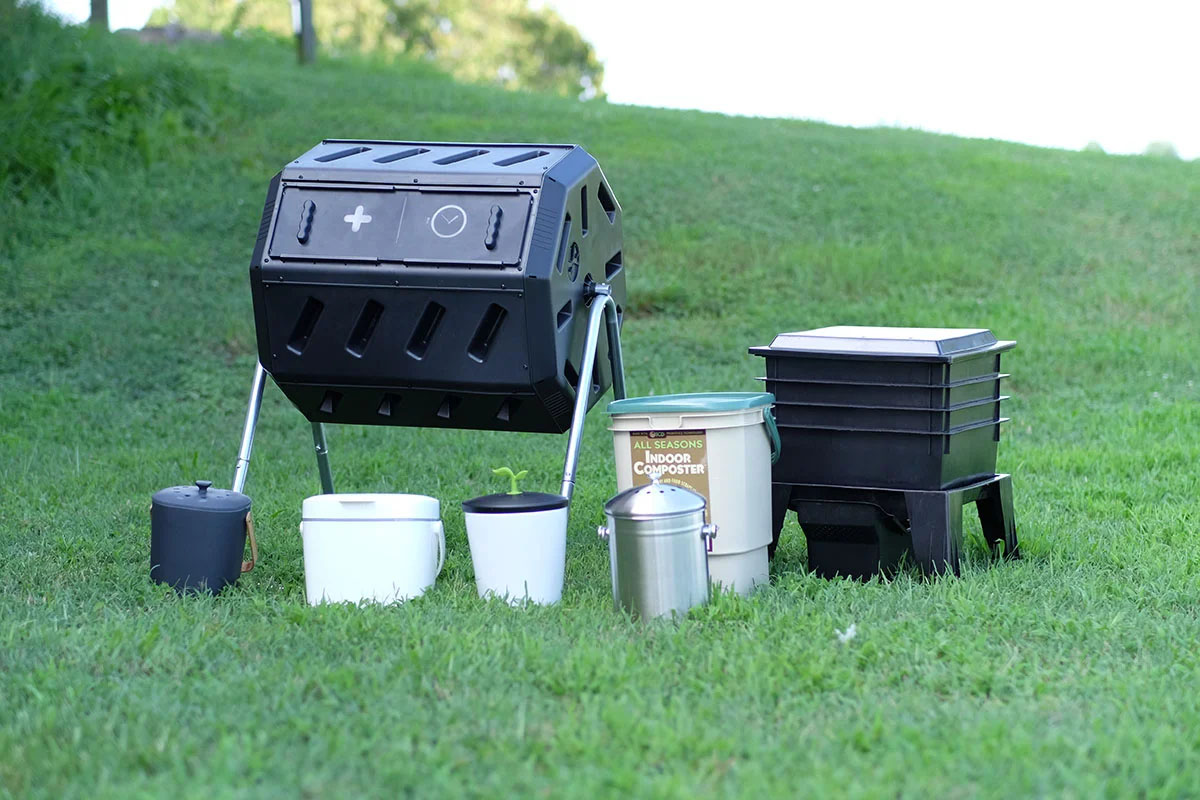
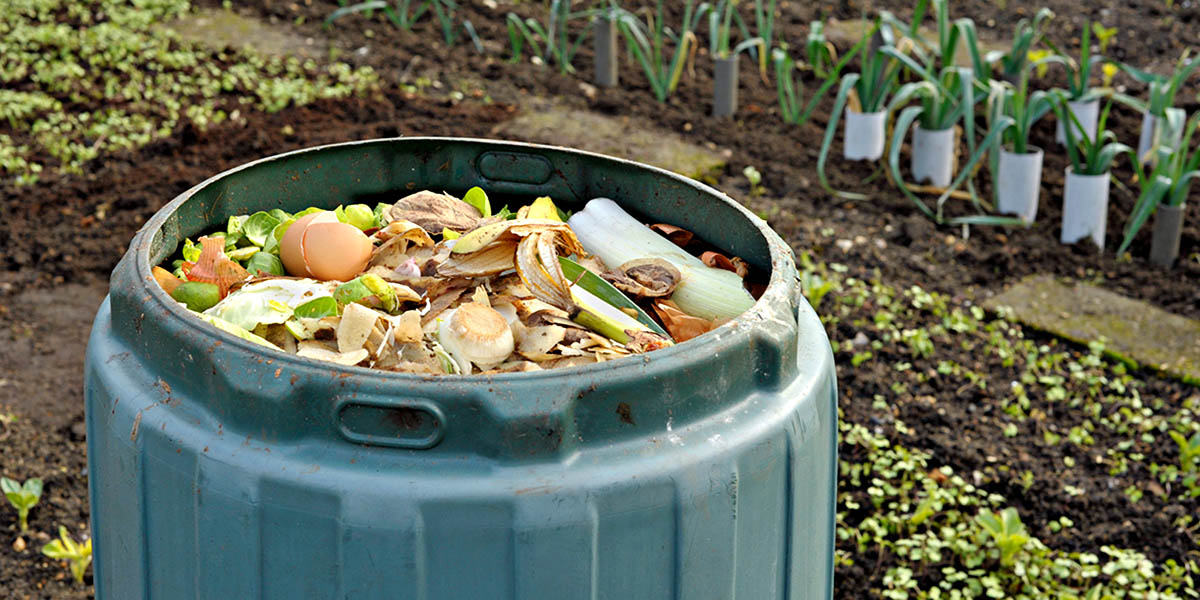
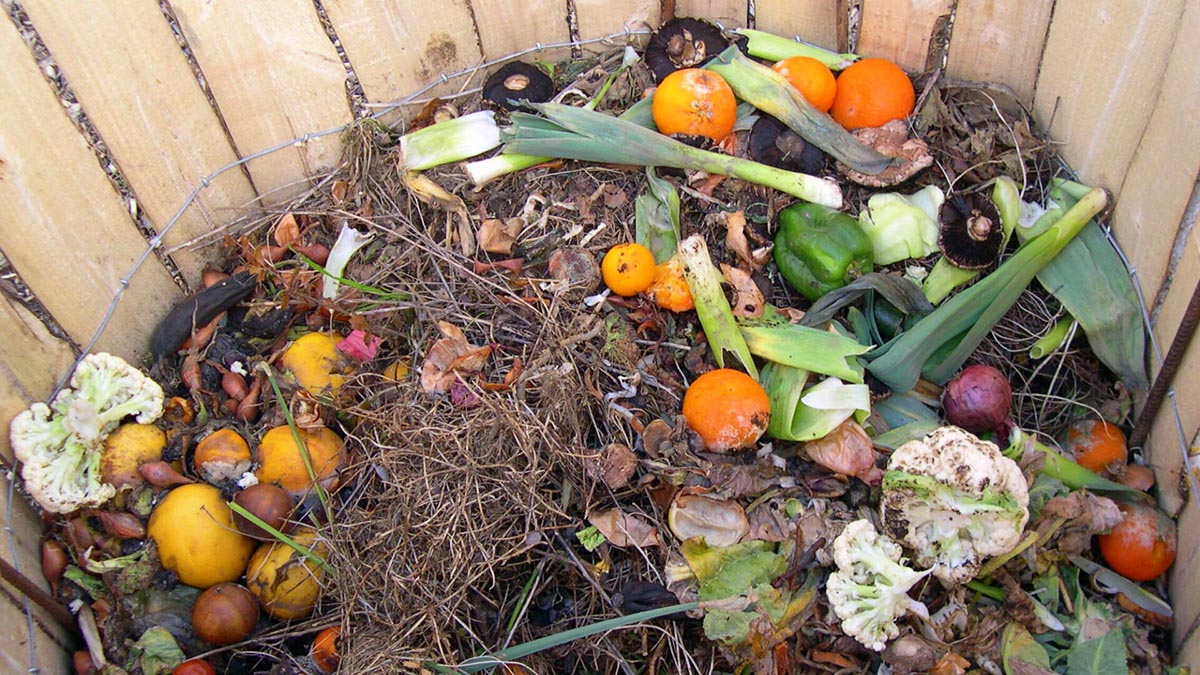


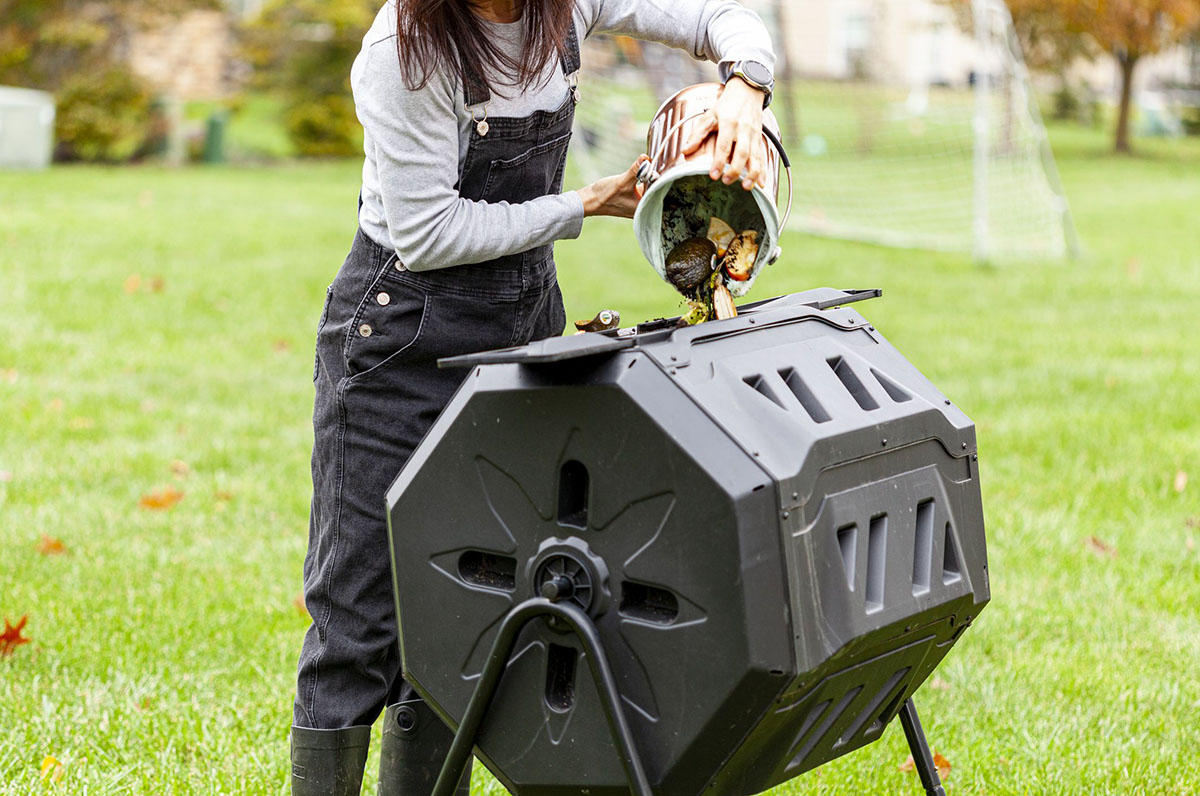
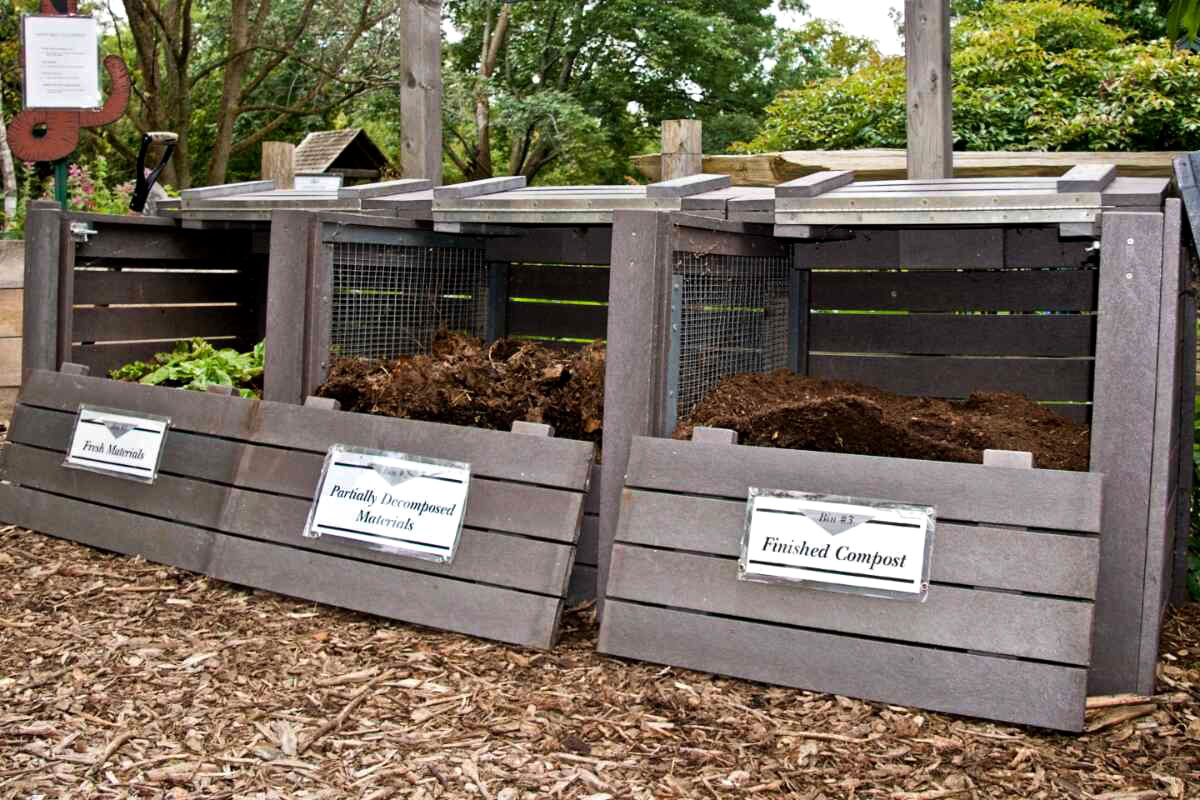
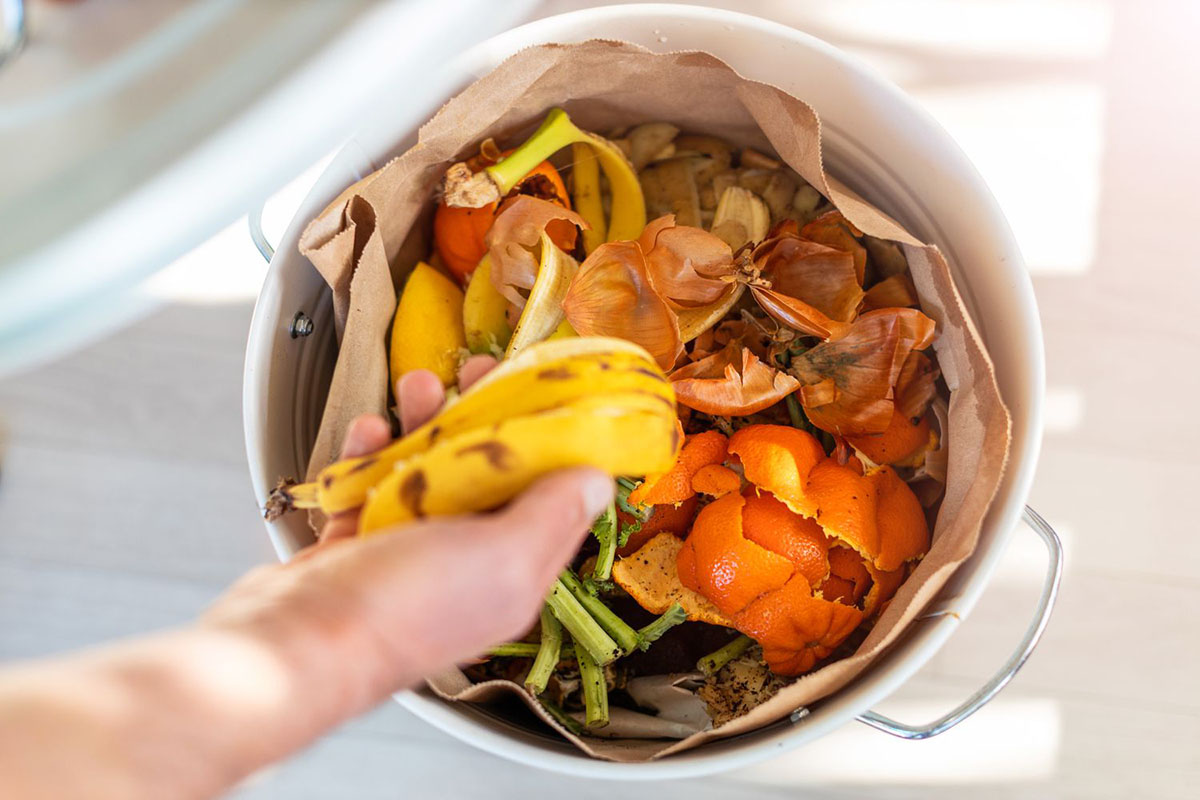
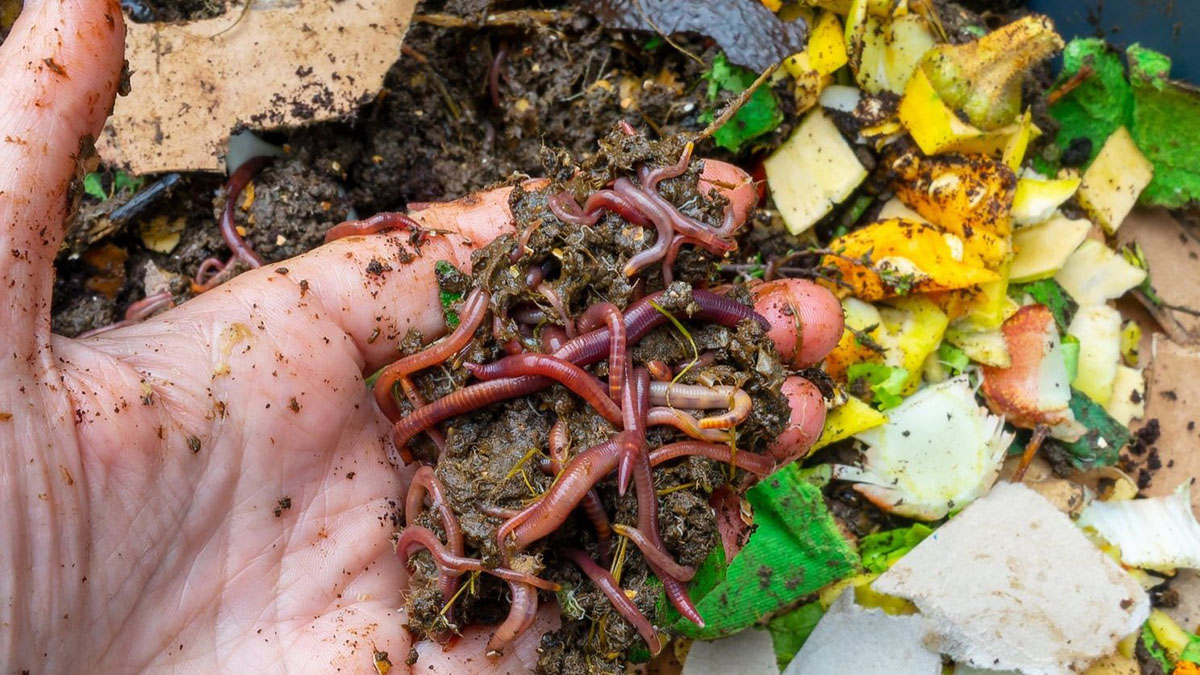
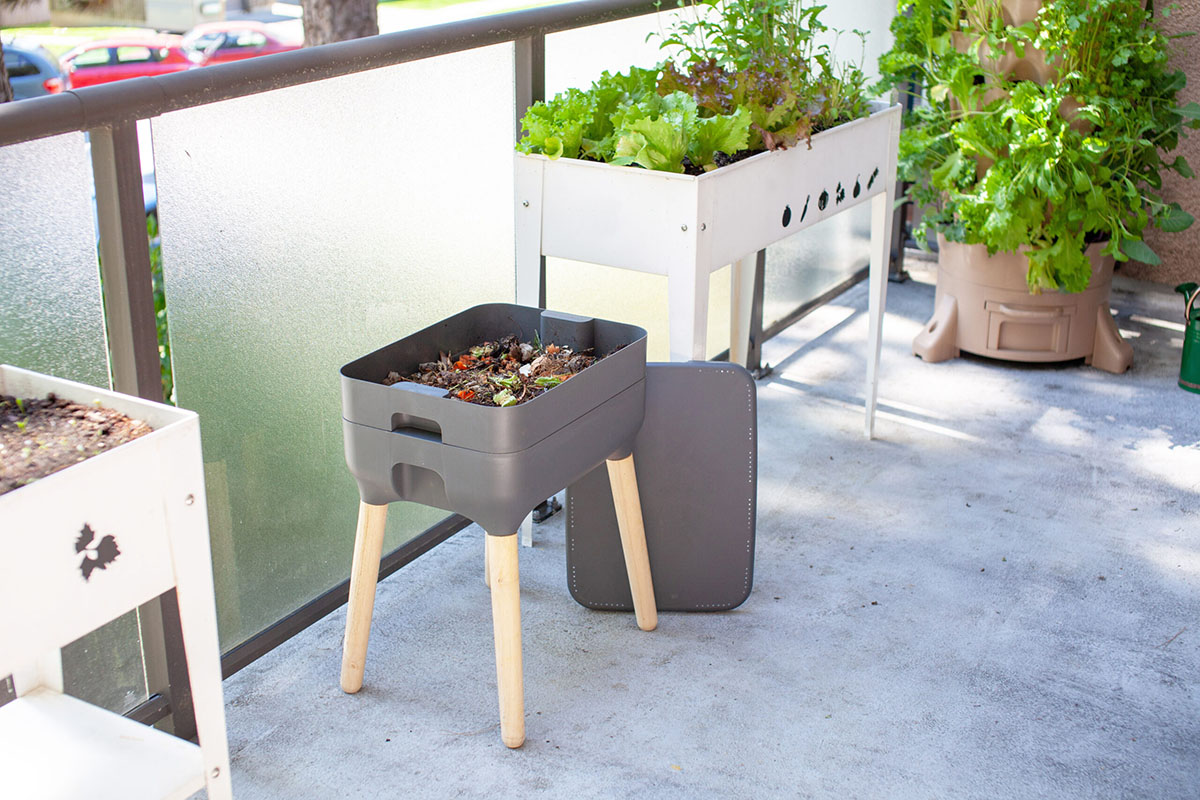


0 thoughts on “What Is The Ultimate Goal Of A Compost Bin?”